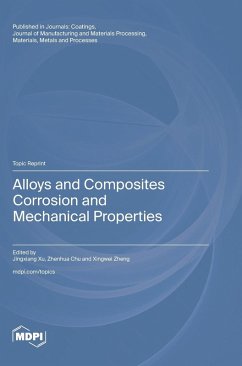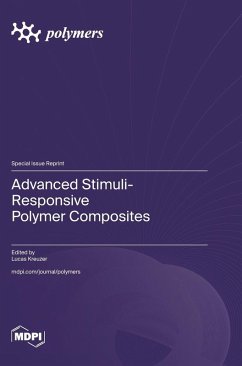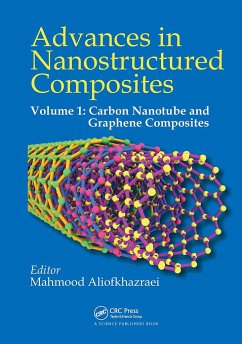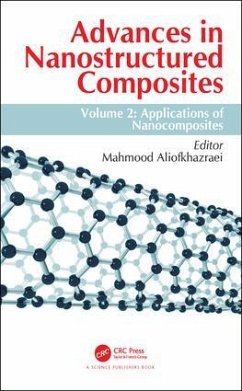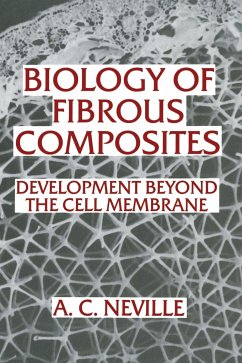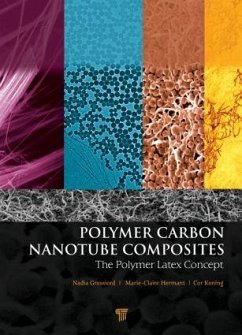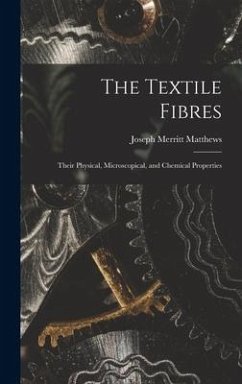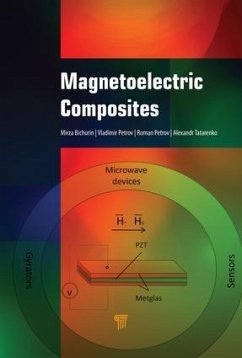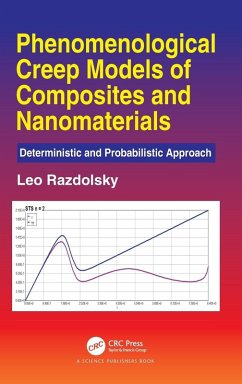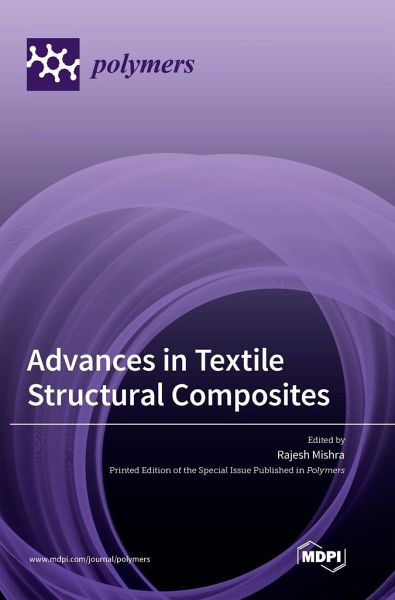
Advances in Textile Structural Composites
Versandkostenfrei!
Versandfertig in 1-2 Wochen
77,99 €
inkl. MwSt.

PAYBACK Punkte
39 °P sammeln!
Dear Colleagues, The direction of fiber orientation plays a crucial role in deciding the mechanical performance of textile structural composites. Unlike conventional composite materials, geometrically oriented textile structures, e.g., woven, knitted, and braided constructions, can be designed and developed for load bearing in a particular direction. Their properties can be enhanced by modifying the geometry and material composition. One major challenge in producing textile structural composites with superior mechanical properties at a reasonably lower price is cost effective prepreg. Composit...
Dear Colleagues, The direction of fiber orientation plays a crucial role in deciding the mechanical performance of textile structural composites. Unlike conventional composite materials, geometrically oriented textile structures, e.g., woven, knitted, and braided constructions, can be designed and developed for load bearing in a particular direction. Their properties can be enhanced by modifying the geometry and material composition. One major challenge in producing textile structural composites with superior mechanical properties at a reasonably lower price is cost effective prepreg. Composites constructed from reinforcement having a well-defined geometry perform better than randomly oriented fibers at a reasonable cost. Their flex fatigue is superior to conventional preforms in specific applications. This Special Issue invites research as well as review articles dealing with different types of (2D, 3D, multiaxial) woven, knitted, and braided structures for load bearing structural composite applications. Use of industrial multifilament yarns of pure and hybrid composition in textile geometrical reinforcement structures can also be included. The methods of impregnation of such structures by thermoplastic and thermoset resins should be described. The superior performance in such structural composites must be highlighted. Methods of characterizing woven, knitted, and braided textile reinforced composites is the focus of this issue. Current and future applications of advanced textile structural composites can be summarized in the submitted articles. Theoretical (computational, numerical simulation etc.) as well as experimental work can be submitted with sufficient scientific innovation. Prof. Dr. Rajesh Mishra






